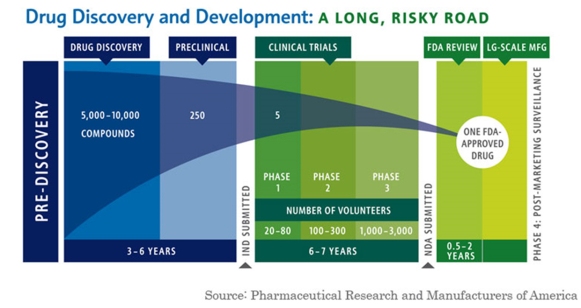This is the ninth installment in the series on changes coming to the Clinical Research enterprise that John Neal, CEO of PCRS Network, began in April 2016, with the prediction that “major changes are coming that will be disruptive, displacing many people currently working in the industry.”
enterprise that John Neal, CEO of PCRS Network, began in April 2016, with the prediction that “major changes are coming that will be disruptive, displacing many people currently working in the industry.”
John first presented that prediction, and those that have followed, at the ACRP 2016 Meeting & Expo in Atlanta in April 2016 in a presentation on the “Future of Clinical Research” during the ACRP Executive Summit on Site Strategies.
For background information as to what is driving the changes John predict’s are coming, please see the first article in this series titled “Change is in the air.”
Based on his research, John made eighteen primary predictions at the Summit. Because he based each prediction on numerous interviews, significant background data compiled in researching the topic, and other relevant information, we are presenting them in a series, with one or more predictions incorporated into each post, in the ACRP Online Community Open Forum. We will make each post here, with the details posted in the ACRP Online Community Open Forum . The ACRP Online Community Open Forum is available to all ACRP Members in good standing.
John’s first eight posts predicted that . . .
- Major changes are coming that will be disruptive, displacing many people currently working in the industry
- There will be a decrease in the number of single drug studies in the future;
- The process by which Sites are selected to conduct studies will be radically transformed, and
- fewer sites will be needed in the future
- Fewer Principal Investigators will be needed in the future, and
- Sponsors will slowly begin increasing the number of subjects each site is allowed to enroll
- Attention will turn more toward prevention, rather than cures
- There will be fewer studies involving large numbers of subjects as attention turns toward rarer diseases
- The drug development pipeline will change dramatically, and we will see an increase in Investigator Initiated Studies (IIS)
- Fewer study visits will be conducted at research Sites

In this ninth post, John predicts . . .
Mobile devices will become a standard means of collecting many study data points.
Visit the ACRP Online Community Open Forum to read the details behind this and my previous predictions in this series.
Copyright © 2016, PCRS Network, LLC. ALL RIGHTS RESERVED.








